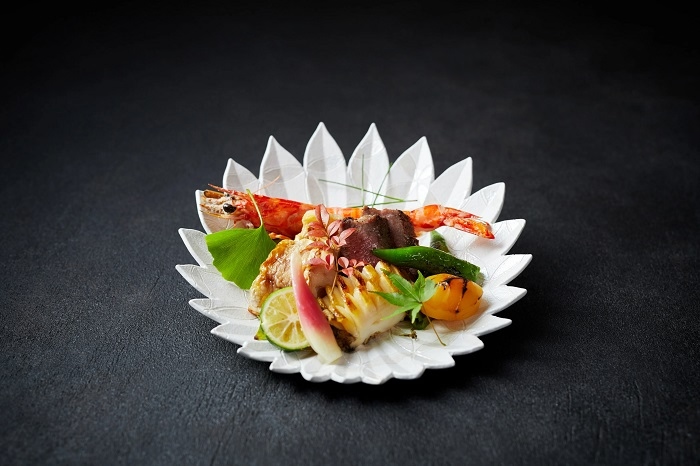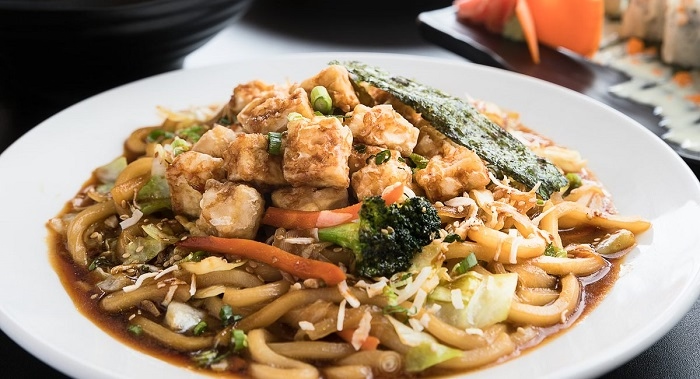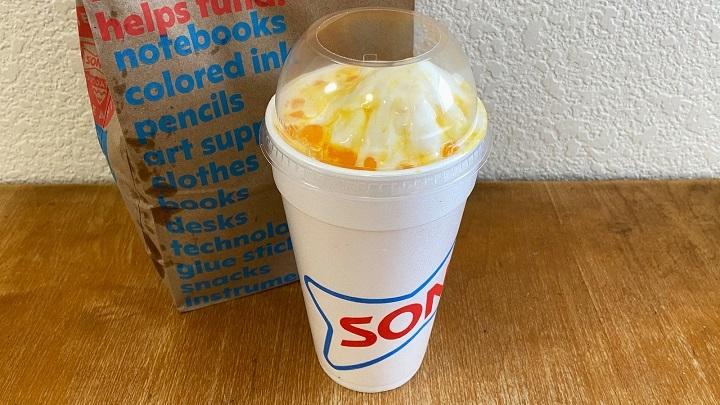Japanese food is unparalleled in its range of flavour, elegant presentation and cultural significance. /Japanese soul food When it comes to culinary traditions around the world, It should come as no surprise that some of Japan’s most beloved dishes are ones that soothe not just the body, but also the spirit. In the last several years, Omo Japanese Soul Food has been gaining popularity as restaurant concept featuring a menu full of traditional, hearty food that pays homage to Japan’s culinary heritage while embracing contemporary cravings and tastes.
This post aims to take a look at the history, meaning behind culture and dishes on the Omo Japanese Soul Food menu, sample menu table, popular versions made today and how it is enjoyed by families of Japan and food enthusiasts.
The Importance of Japanese Soul Food
When most individuals mention the term soul food, they usually refer to home cooked southern food and family indoctrinations. In Japan, the concept of soul food is not that different: the recipes that have been used in generations and are often prepared by mothers and grandmothers contain ingredients of the season and are prepared in a way that is easy to follow.
As opposed to the asceticism of kaiseki dining or the noise and congestion of street food, Japanese soul food is luxurious, affordable and full of nostalgia. It’s the bridge between fuel and emotional support.
That is testified in the menus at Omo Japanese Soul Food. It is made to please, not the appetite, but comfort and pleasure, a reminiscence of the coziness of the home-cooked Japanese meal.
Omo Japanese Soul Food Classical Specials Did you like this article?
Omo Japanese Soul Food menu is based on the home cooking of the Japanese that is good and nutritious and yields satiety. The menu can be different according to the place, but some basic traditional food is expected to be offered:
- Ramen: This is a hot soup made of noodles in broth, which is typically reduced in soy sauce, miso or tonkotsu. Ramen is the most appropriate to eat as a comfort food.
- Karaage (Japanese Fried Chicken): Fried chicken that is marinated in soy, ginger and garlic in bite sized fried chicken.
- Donburi Bowls: rice topped with a protein, such as teriyaki chicken, beef (gyudon) or tempura shrimp is a good and filling meal.
- Okonomiyaki: Made of cabbage, flour, egg of the egg, mayonnaise, bonito flakes, and okonomiyaki sauce in the form of a pancake.
- Takoyaki: They are ball-shaped dough stuffed with octopus and they are golden outside and tender inside and topped with the Japanese mayo and bonito flakes.
- Miso Soup: This is a thin soup prepared using soybean paste containing tofu, wakame seaweed and scallions- it is the universal savior in all Japanese homes.
- Vegetable Sides: To make the meal more balanced and to add freshness, some pickled vegetables (tsukemono) or seaweed salad or sautéed spinach is eaten.
- Japanese Curry: This is a thick and light curry which is served over white rice, and in a lot of cases with breaded pork cutlet. (Katsu Curry)
Each food has some cultural meaning: rice (life and food), miso (tradition), ramen (comfort and pickled vegetables (health and preservation).
A Sample Omo Japanese Soul Food Menu
Here’s a sample table showcasing what you might expect at Omo Japanese Soul Food.
| Course | Dish Example | Purpose/Meaning |
| Starter | Miso soup with tofu & seaweed | Warmth and tradition |
| Side Dish 1 | Edamame with sea salt | Light and healthy protein |
| Side Dish 2 | Takoyaki (octopus balls) | Street-food comfort, sharable joy |
| Main Course 1 | Chicken karaage with rice | Hearty protein and energy |
| Main Course 2 | Tonkotsu ramen with egg | Comfort and nourishment |
| Main Course 3 | Okonomiyaki (savory pancake) | Fun, filling, and family-style sharing |
| Side Dish 3 | Japanese pickles (tsukemono) | Balance, freshness, digestive support |
| Dessert | Mochi ice cream or dorayaki | Sweetness and celebration |
| Beverage | Green tea or Japanese soda | Hydration, balance, and refreshment |
This table also emphasizes the ratio of flavors and textures, which is one of the principles of Japanese cuisine. Salty, sweet, sour and umami are combined in meals in a manner that brings fulfillment but without being heavy.
The Japanese Soul Food Omo Modern Adaptation.
Just like most cuisines, Japanese soul food has been developed over time. In spite of the tradition, Omo is also open to modern trends and fads in the field of diet.
- Vegetarian /Vegan: Tofu ramen, vegetable tempura, vegan curry, and vegetable donburi bowls.
- Gluten-Free Options Rice bowls and miso soup with gluten-free soy sauce followed by rice-based ramen noodles.
- Healthy Bends: Grilled Fish: Use grilled fish instead of fried fish, like brown rice. Lightening Broths.
- Fusion Flavors: Some Omo locations could include global touches, like spicy ramen inspired by Korean kimchi or curry bowls in the vein of Southeast Asian spices.
This is why unspecified changes are made, as different types of customers can also enjoy the Japanese soul food and still not change too much culturally.
The Spiritual and Emotional Connection
Like Jewish or Italian comfort food, Japanese soul food is not just recipes but a sense of place and memory. Ramen may remind many Japanese of late-night comfort, or curry, a childhood meal, or miso soup in their mother’s kitchen.
At Omo, the menu aims to capture that nostalgia, warmth and community. Things like ordering sharing plates in the form of okonomiyaki, or takoyaki is not just about eating but bonding too. The flavors link people to the roots of Japan’s culture and welcome those coming across the cuisine for their very first meal.
Ordering and Eating the Omo Home Food Japanese Soul Food Menu
At Omo it’s a matter of how you want to experience the time you have to eat. An entire meal begins with light food like soup or pickles, then moves on to main course cuisines, and finally culminates with minor desserts.
The experience is usually meant to recreate the feel of a family-style dinner: with the use of plates that are intended to be shared, warm service and casual but considerate delivery.
For those of us recreating the Omo menu at home, presentation also counts. By serving miso soup and rice first, then pairing the main with a vegetable of some sort along with pickles, balance and authenticity are achieved. A pot of green tea, warm and refreshing, pulls it all together.
Also like Japan, presentation is all: a simple bowl, some chopsticks and clean lines underscore mindfulness and respect for food.
FAQs
I’m not a fan of cooking traditional Japanese food generally. What in the world is Omo Japanese Soul Food?
It is a homely, Japanese cooking inspired restaurant concept with comfort dishes such as ramen, karaage and donburi.
What are the Omo menu’s most popular items?
Popular Japanese food include ramen, karaage, miso soup, okonomiyaki and takoyaki, as well as donburi bowls.
Is the Omo menu vegetarian-friendly?
Yes, there are lots of vegetarian and vegan choices including vegetable ramen, tofu bowls and vegan curry.
What sets Omo’s menu apart from upscale Japanese food?
Omo serves heartier, comforting, recognizable dishes instead of more artistic or ceremonial ones, such as kaiseki.
Can I make Omo Japanese Soul Food at home?
Yes, you can replicate a variety of dishes such as miso soup, curry rice and okonomiyaki using basic products sold at the Asian grocery store.
Omo Japanese Soul Food The menu at Omo Japanese Soul Food not so much breaks ground as marries tradition, comfort and modern adaptation. From a piping hot bowl of ramen and crunchy karaage to sweet mochi ice cream, each dish serves as a warm hug with an added cultural significance.
Soul food, from Japan Japanese soul food is more than just eating — it’s about finger-lickin’ family traditions, nourishing recipes and community values. And Omo brings this within everyone’s reach, whether you grew up in Japan ourselves, or this is the first time you’ve tasted these dishes.









